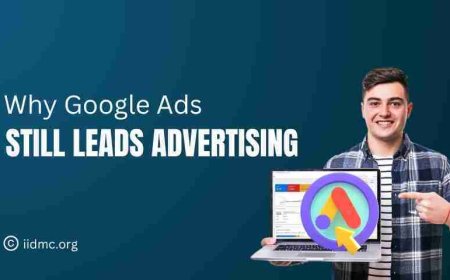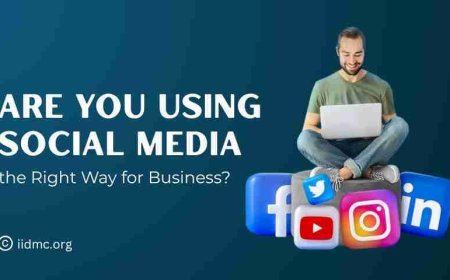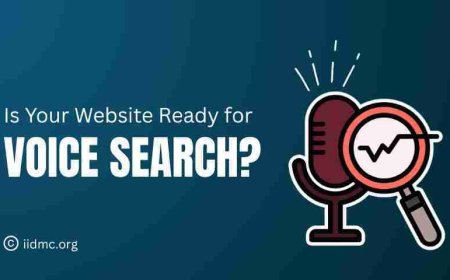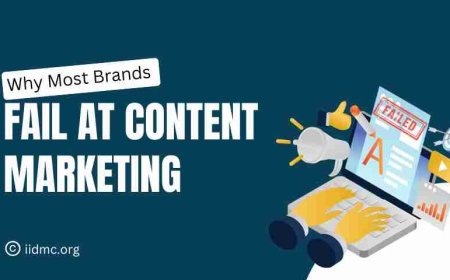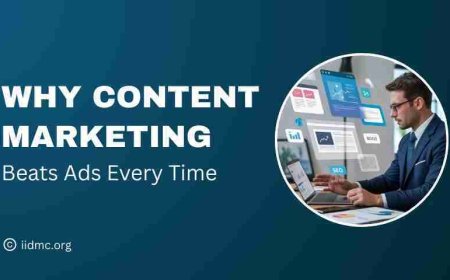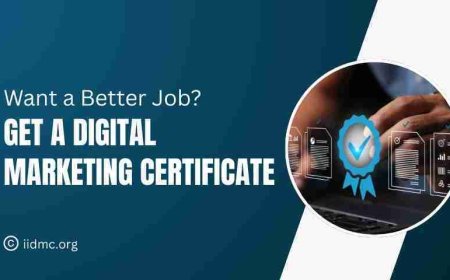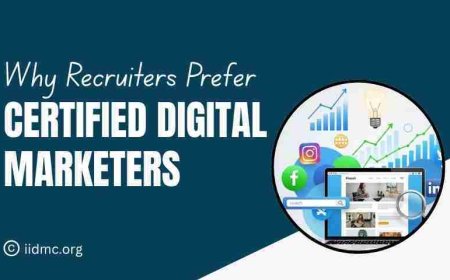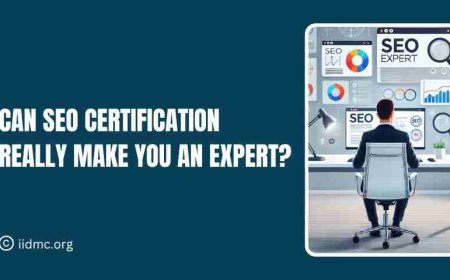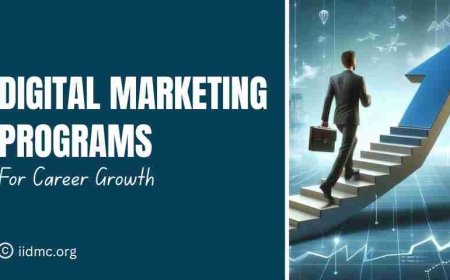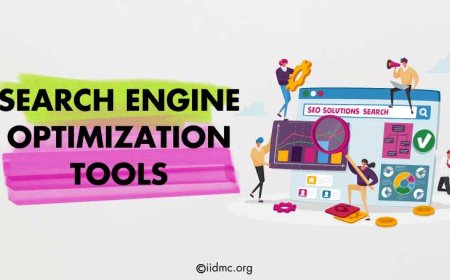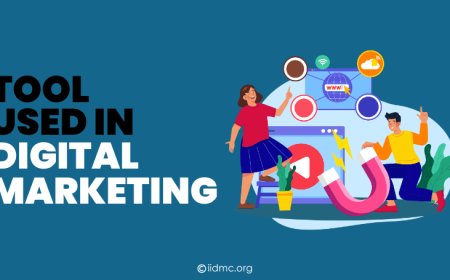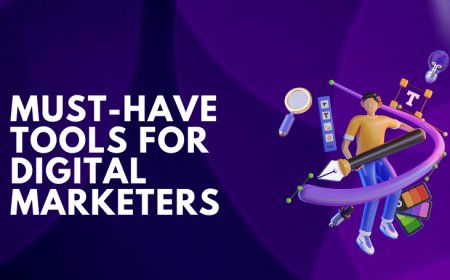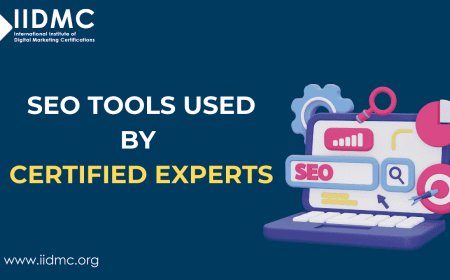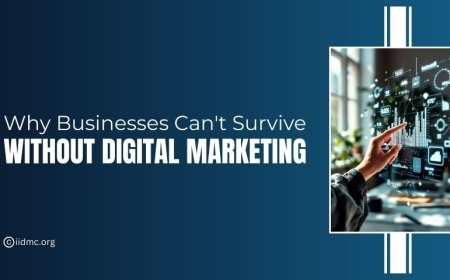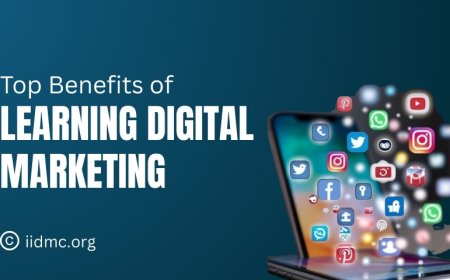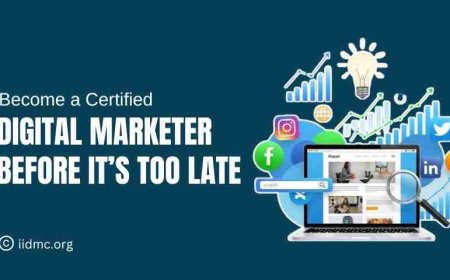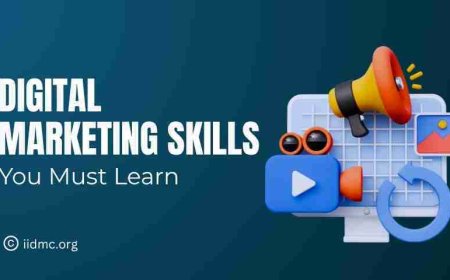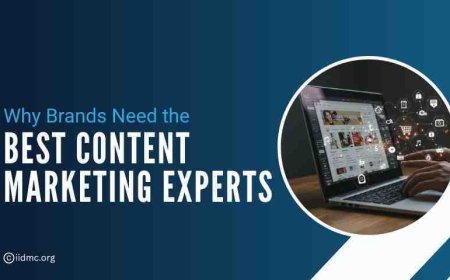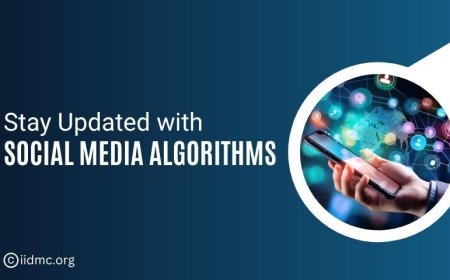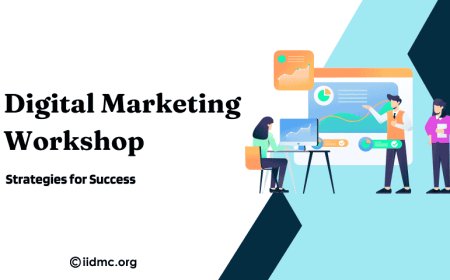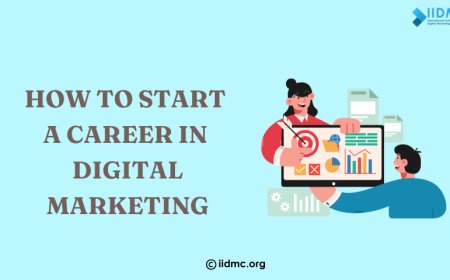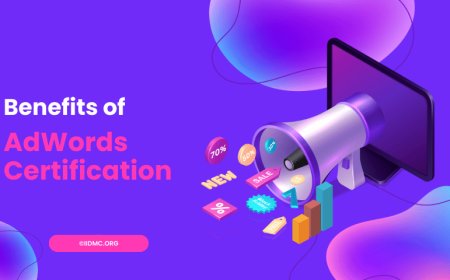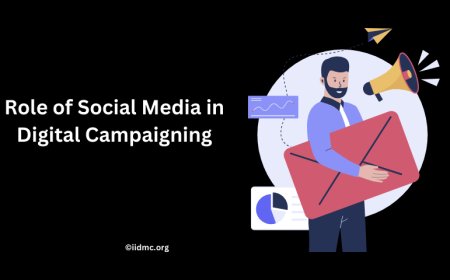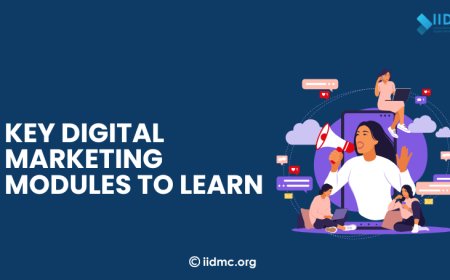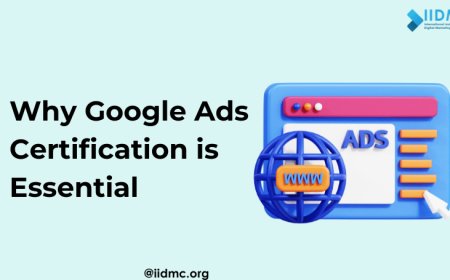What are contents of digital marketing course
"Discover the essential components of a digital marketing course, covering SEO, social media, content marketing, analytics, and more for a comprehensive online marketing education.

Understanding what’s covered in a digital marketing course can help you make a wise decision about your education and career development. Digital marketing courses are designed to equip you with the knowledge and skills needed to succeed in the constantly changing world of online marketing. From basic concepts to advanced strategies, these courses cover a wide range of topics that can significantly boost your career prospects. In this blog, we’ll look into the core contents of a digital marketing course, exploring everything from SEO and social media marketing to data analytics and content creation. Whether you're looking to enhance your current skills or start a new career, knowing what to expect from these courses can set you on the path to success
Digital marketing
Digital marketing is the use of online platforms and technologies to promote and advertise products or services to a target audience. Unlike traditional marketing, which relies on print, TV, and radio, digital marketing leverages the internet and digital channels to reach and engage potential customers.
Key components of digital marketing
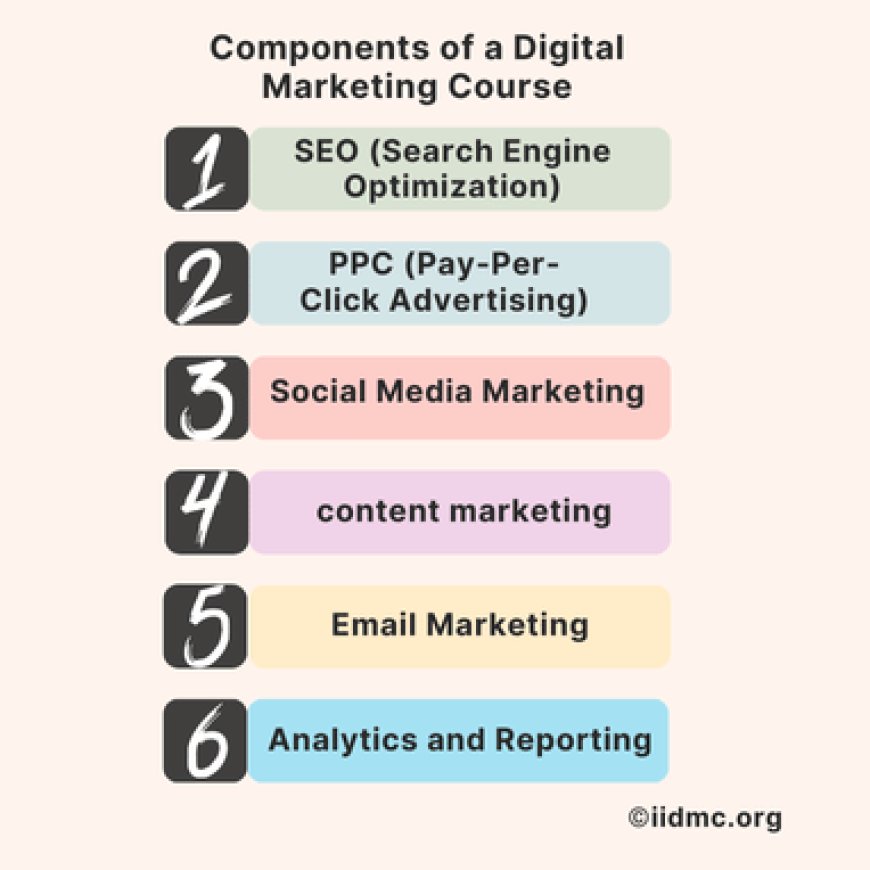
-
Search Engine Optimization (SEO): Enhancing a website’s visibility in search engine results to attract organic traffic.
-
Content Marketing: Creating and distributing valuable content to attract and engage a target audience.
-
Social Media Marketing: Using social media platforms to build brand awareness and engage with customers.
-
Email Marketing: Sending targeted messages to a subscriber list to drive engagement and conversions.
-
Pay-Per-Click (PPC) Advertising: Running paid ads on search engines and social media platforms to drive traffic and leads.
-
Affiliate Marketing: Partnering with other businesses or influencers to promote products or services in exchange for a commission.
-
Analytics and Data Analysis: Tracking and analyzing data to measure the effectiveness of marketing campaigns and make data-driven decisions.
Search Engine Optimization (SEO)
Key Topics:
-
Keyword Research: Use tools like Google Keyword Planner and SEMrush to find similar keywords.
-
On-Page SEO: Optimize title tags, meta descriptions, headers, content, and internal links for better ranking.
-
Off-Page SEO: Build high-quality backlinks, engage on social media, and collaborate with influencers to boost credibility.
-
Technical SEO: Improve site speed, ensure mobile-friendliness, create XML sitemaps, and manage robots.txt for better crawling and indexing.
Tools and Techniques:
-
Google Analytics: Track website performance.
-
Google Search Console: Monitor search presence.
-
Yoast SEO: Optimize on-page elements.
-
Ahrefs, SEMrush, Moz: For keyword research, backlink analysis, and site audits.
Effective use of these strategies and tools improve website visibility and search engine rankings.
Content Marketing
Key Topics:
-
Content Strategy: Plan and define objectives, target audience, and content types (blogs, videos, infographics). Develop a content calendar to ensure consistent publishing.
-
Content Creation: Produce high-quality content that addresses your audience’s needs and interests. Focus on engaging formats such as articles, videos, and podcasts.
-
Content Distribution: Share content across various channels (social media, email newsletters, websites) to reach a wider audience. Tailor distribution strategies to each platform’s strengths.
-
Content Promotion: Use paid advertising, SEO, and partnerships to boost content visibility.Use social media and influencer collaborations to increase reach.
Importance of Storytelling and Audience Engagement:
-
Storytelling: Craft compelling narratives that resonate with your audience, making your content memorable and impactful.
-
Audience Engagement: Foster interaction through comments, polls, and discussions. Build relationships with your audience to enhance loyalty and brand affinity.
Social Media Marketing
Key Platforms:
-
Facebook: Ideal for broad reach, community building, and targeted ads.
-
Twitter: Useful for real-time updates, news, and engaging with trending topics.
-
LinkedIn: Best for professional networking, B2B marketing, and industry insights.
-
Instagram: Focuses on visual content, stories, and influencer collaborations.
Strategies for Creating Engaging Content:
-
Tailor Content: Customize content for each platform’s format and audience.
-
Visual Appeal: Use high-quality images and videos to capture attention.
-
Consistency: Maintain a regular posting schedule and brand voice.
-
Interactive Elements: Incorporate polls, quizzes, and Q&A sessions to engage followers.
Managing Social Media Campaigns:
-
Plan and Schedule: Use content calendars to organize and time your posts.
-
Monitor Performance: Track engagement and adjust strategies based on analytics.
Tools for Social Media Management and Analytics:
-
Hootsuite: Manage multiple accounts, schedule posts, and analyze performance.
-
Buffer: Plan, publish, and measure social media content effectiveness.
-
Sprout Social: Provides robust analytics, engagement tools, and reporting features.
-
Google Analytics: Track referral traffic and conversions from social media platforms.
Pay-Per-Click (PPC) Advertising
Key Topics:
-
Google Ads: The leading platform for search and display ads. Utilize keyword targeting, ad extensions, and bidding strategies to reach potential customers.
-
Bing Ads: Offers similar features to Google Ads but on the Bing search engine. Use it to target audiences who use Bing for searches.
-
Display Advertising: Involves placing ads on websites across the Google Display Network or other networks. Focus on targeting relevant audiences with visually engaging ads.
-
Retargeting: Targets users who have previously interacted with your website or ads, encouraging them to return and convert.
Techniques for Optimizing Ad Performance:
-
Keyword Research: Choose relevant keywords with high intent and low competition.
-
Ad Copy: Craft compelling ad copy and use A/B testing to determine the most effective messaging.
-
Landing Pages: Ensure landing pages are relevant and optimized for conversions.
-
Bid Management: Adjust bids based on performance data to maximize ROI.
Managing Budgets:
-
Set Clear Goals: Define objectives and allocate budget based on campaign priorities.
-
Monitor and Adjust: Regularly review performance metrics and adjust bids, keywords, and ad copy to improve efficiency.
-
Use Automated Tools: Leverage automated bidding and budget management features to optimize spend and performance.
Email Marketing
Key Topics:
-
Building Email Lists: Grow your list through opt-in forms on your website, social media promotions, and lead magnets like eBooks or webinars. Ensure compliance with GDPR and CAN-SPAM regulations.
-
Crafting Effective Email Campaigns: Create engaging content with clear, compelling subject lines, personalized greetings, and valuable offers. Focus on providing useful information and a strong call-to-action.
-
Segmentation: Divide your email list into segments based on demographics, behavior, or purchase history. Tailor content to each segment to increase relevance and engagement.
-
Automation: Set up automated email workflows for welcome series, abandoned carts, and re-engagement campaigns. Use triggers based on user actions to send timely and relevant emails.
Best Practices for Maximizing Open and Click-Through Rates:
-
Subject Lines: Write concise, attention-grabbing subject lines that create curiosity or offer value.
-
Personalization: Use the recipient’s name and personalize content based on their interests or past interactions.
-
Timing: Send emails at optimal times when recipients are most likely to open and engage.
-
Mobile Optimization: Ensure emails are responsive and look good on all devices.
-
Clear CTA: Include a clear and compelling call-to-action that guides the recipient toward the desired action.
-
A/B Testing: Test different elements (subject lines, content, send times) to determine what works best and refine your strategy based on results.
Conversion Rate Optimization (CRO)
Key Topics:
-
User Experience (UX): Enhance the overall user experience by ensuring your website is intuitive, fast, and mobile-friendly to reduce friction and improve engagement.
-
A/B Testing: Test different versions of web pages or elements (like headlines, CTAs, or images) to determine which performs better and drives higher conversions.
-
Landing Page Optimization: Design landing pages with a clear, compelling call-to-action, concise messaging, and relevant content to encourage visitors to take the desired action.
Techniques for Increasing Conversions:
Focus on improving UX, regularly conduct A/B tests, and continuously refine landing pages to increase conversions and maximize ROI by understanding what resonates best with your audience.
We've covered essential topics such as SEO, social media marketing, PPC advertising, email marketing, and conversion rate optimization. We explored strategies for keyword research, crafting engaging content, optimizing ad performance, and improving user experience. Each area plays a crucial role in enhancing online presence and driving business growth.
Take the next step in advancing your marketing skills and career prospects by exploring comprehensive courses. IIDMC (International Institute of Digital Marketing and Certification) offers specialized programs that can deepen your understanding and expertise in digital marketing. Investing in these courses will equip you with practical skills and knowledge to excel in the dynamic field of digital marketing.

